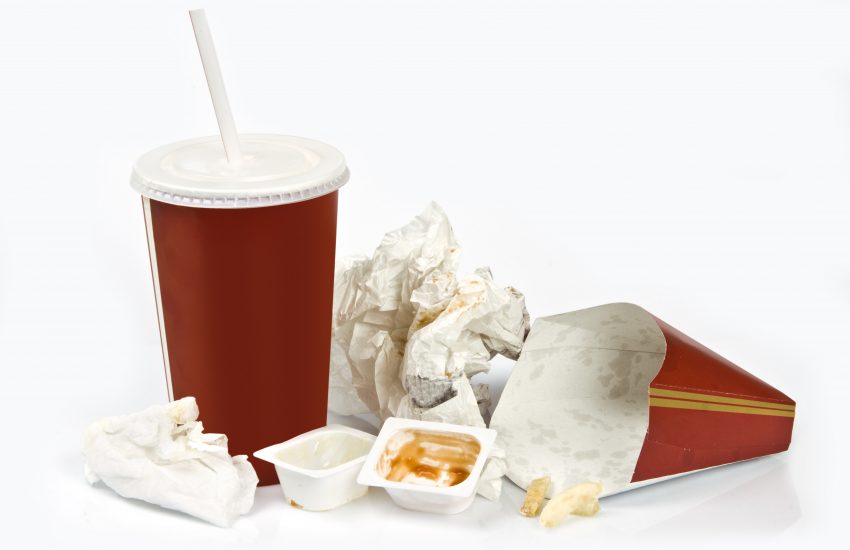The world’s most recognizable food chains are under heightened scrutiny these days, not for the nutritional value of their products, but for their iconic food packaging. Just last month, a class action complaint filed in federal court in Illinois alleged a popular chain concealed from consumers the presence of PFAS in its food products. Weeks later, a separate plaintiff sued yet another beloved fast food chain in federal court in California challenging the claim that it uses sustainable packaging and real ingredients. While the kings of fast food are sustaining first blows, it seems that all fast casual food retailers, even the on-brand ‘healthy’ chains and grocers, are under attack for their use of PFAS food packaging. The plaintiffs, caught up in the hype around PFAS and its alleged link to health problems, including immune system suppression, lower birth weight, reproductive problems, developmental delays in children, and increased risk for some cancers, are quick to impugn any and all popular consumer products. Thus, the plaintiffs’ bar is not only targeting your guilty food pleasures, but your favorite lipstick, your go-to mascara, and even, your underwear– the disposable variety that is – are being ambushed by allegations of negligent misrepresentation, fraud, and consumer protection law violations.
Food Packaging
In its glory, PFAS, created when the elements carbon and fluorine are fused, is grease resistant. Though it resembles paper or cardboard, PFAS packaging prevents salad dressing and fry oil from leaking through, ultimately serving as a praiseworthy alternative to ill-regarded Styrofoam and plastic containers. However, the alleged concern is that PFAS in the wrapper, for example, will migrate into the food itself, making clear and direct exposure through consumption.
Independent product testing- the data
Last month, Consumer Reports published the findings of its independent testing of 118 packaging products from twenty-four familiar U.S. restaurant and grocery chains, identifying PFAS in many of the food wrappers. The allegedly dangerous forever chemicals were found in more than half of the tested food packaging, ranging from french fry paper bags to burger wrappers to molded fiber salad bowls.
Threshold for PFAS in food packaging?
Today, scientists are still debating what level of intentional PFAS is safe. California officially banned intentionally added PFAS. Starting in January 2023, paper food packaging in CA must have less than 100 parts per million (ppm) organic fluorine. Europe promotes a more aggressive organic fluorine threshold at 20 ppm. Of the 118 products recently tested by Consumers Reports, almost 37 had organic fluorine levels at 20 ppm, and 22 products were above 100 ppm.
Cosmetics & Panties
Some scientists have opined that PFAS may enter the bloodstream in ways other than oral ingestion, including via dermal absorption and tear ducts. Well-established cosmetic icons have been embroiled in allegations of negligent misrepresentation, fraud, and the violation of consumer protection laws, where plaintiffs allege that makeup is not clean, pure and free of hash chemicals as advertised. Most recently in a California federal court, plaintiffs filed a proposed class action alleging a cosmetics company did not disclose to consumers that its mascara products contain PFAS. Perhaps most unexpected of all, however, is the absorbent menstrual underwear besiege based yet again on complaints and allegations of dermal absorption by way of the absorbent period panties.
What happens next?
With the growing consumer concern about health and environmental risks from PFAS in food packaging, many food retailers claim to either be phasing out or actively reducing PFAS, stressing that because PFAS is so common in the environment, eliminating to non-detect would be nearly impossible. Nonetheless, in response to recent litigation, many food chains have vowed to eliminate the use of all fluorinated compounds form its packaging materials globally by 2025. Taking heed of the food retailers’ strategy, we may see the cosmetic and disposable underwear industries, as well as other consumer product manufacturers, proactively shift gears toward proactively reducing or eliminating the use of PFAS altogether.
Gone are the days when you would simply agonize over the caloric imprint of your fast food splurge. Today, some consumers may ruminate over the chemical makeup of the wrapper, making one wonder if food labels will no longer be limited to branding and nutritional values, but will someday soon disclose the chemical composition of the package itself.

